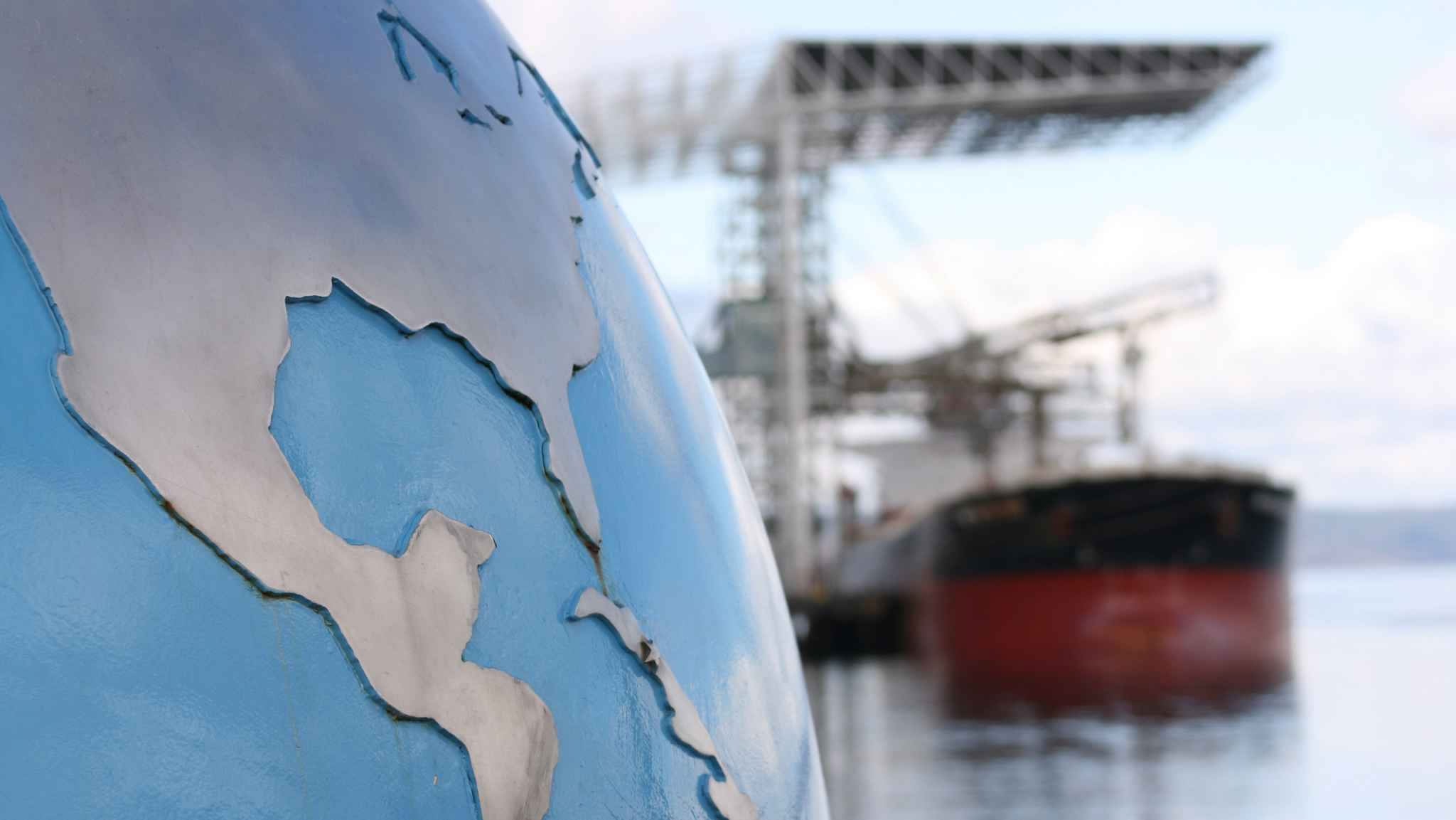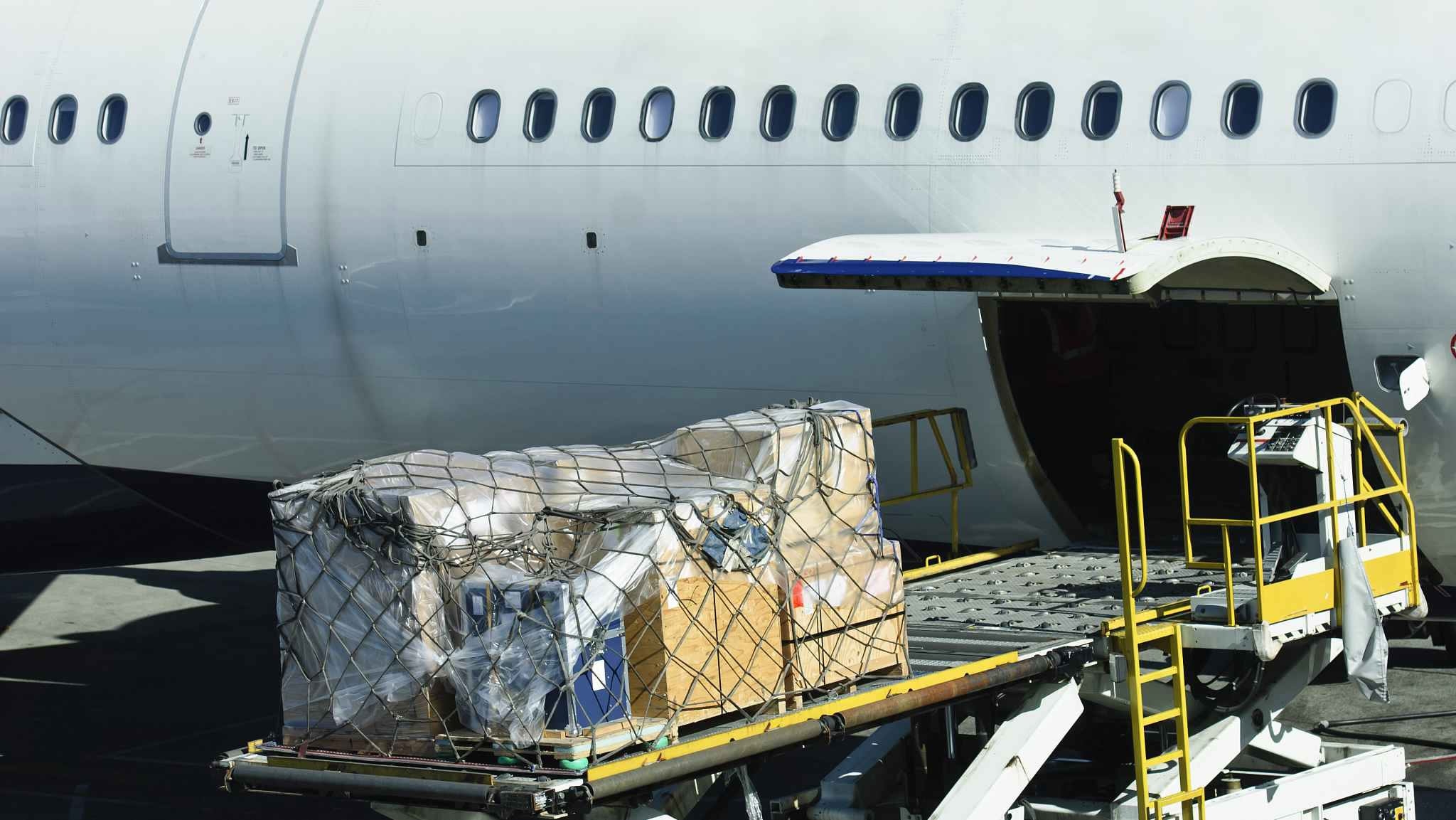
Business
13:55, 08-Mar-2018
China February exports jump 44.5 percent, imports up 6.3 percent
CGTN

China’s exports unexpectedly surged at the fastest pace in three years in February, suggesting its economic growth remains resilient even as trade relations with the United States rapidly deteriorate.
Trade tensions have jumped to the top of the list of risks facing China this year, with proposed US tariffs on steel and aluminum imports suggesting more measures may be on the way, Zhou Hao, senior emerging markets economist at Commerzbank, told the Reuters Global Markets Forum this week.
China’s February exports rose 44.5 percent from a year earlier, compared with analysts’ median forecast for a 13.6 percent increase, and an 11.1 percent gain in January, official data showed on Thursday.
Imports grew 6.3 percent, the General Administration of Customs said, missing analysts’ forecast for 9.7 percent growth, and down from a sharper-than-expected 36.9 percent jump in January.
Analysts caution Chinese data early in the year can be heavily distorted by the timing of the Lunar New Year holiday, which fell in February this year but in January in 2017.
But combined January-February trade data also showed a dramatic acceleration in export growth.
Exports rose 24.4 percent on-year in Jan-Feb, much better than 10.8 percent in December and 4 percent growth in Jan-Feb last year.
The government also releases combined data for the first two months in an attempt to smooth out seasonal distortions.

/VCG Photo
/VCG Photo
The deceleration in import growth for February may be payback for the previous month’s unusual strength, rather than a sign there has been an abrupt weakening in demand.
Robust import growth in January was mostly led by commodities as factories scrambled to restock inventories ahead of the long holiday.
Imports in the first two months of the year rose 21.7 percent, compared with 4.5 percent in December.
China’s trade surplus widened to 33.74 billion US dollars for February, compared with forecasts for 0.6 billion US dollars and January’s 20.35 billion US dollars.
For Jan-Feb combined, the surplus rose 29 percent from the year-earlier period to 54.32 billion US dollars.
Boosted by a global trade boom in 2017, China’s exports grew at the fastest pace since 2013 and served as one of the key drivers behind the economy’s forecast-beating 6.9 percent expansion last year.

/VCG Photo
/VCG Photo
But tough US trade talk last year is now turning into action.
President Donald Trump is expected to sign a proclamation on Thursday or Friday to establish the steel and aluminum tariffs, to counter imports, especially from China, though close US allies may get exemptions.
The measures are expected to go into effect in two months, but economists see little immediate impact on China.
It has already reduced steel exports to the US to a trickle, and while aluminum shipments account for around 10 percent of its total global exports of the metal, the number is still small compared with China’s total exports, according to ING economist Iris Pang.
“All in all, the direct impact on China is minimal,” Pang said in a note published on Thursday.
Over time, however, any additional punitive US measures and retaliations by China or its other major trading partners would reduce global trade flows, disrupt international supply chains and drag on global growth.
US plans to combat intellectual property theft, which are believed to be moving quickly through the pipeline, could also have a more significant impact on China’s exporters, particularly in hi-tech, high-value industries.
Net exports contributed 9.1 percent of China’s GDP growth last year.
Chinese Foreign Minister Wang Yi said on Thursday that history teaches that a trade war is never the right solution. In the event of a trade war, China will make a justified and necessary response.
Wang said China and US don't have to be rivals, both sides should be partners and there can be no alternative to the policies of dialogue and cooperation.
Wang made the remarks at a press conference on the sidelines of the first session of the 13th National People's Congress.
Source(s): Reuters

SITEMAP
Copyright © 2018 CGTN. Beijing ICP prepared NO.16065310-3
Copyright © 2018 CGTN. Beijing ICP prepared NO.16065310-3